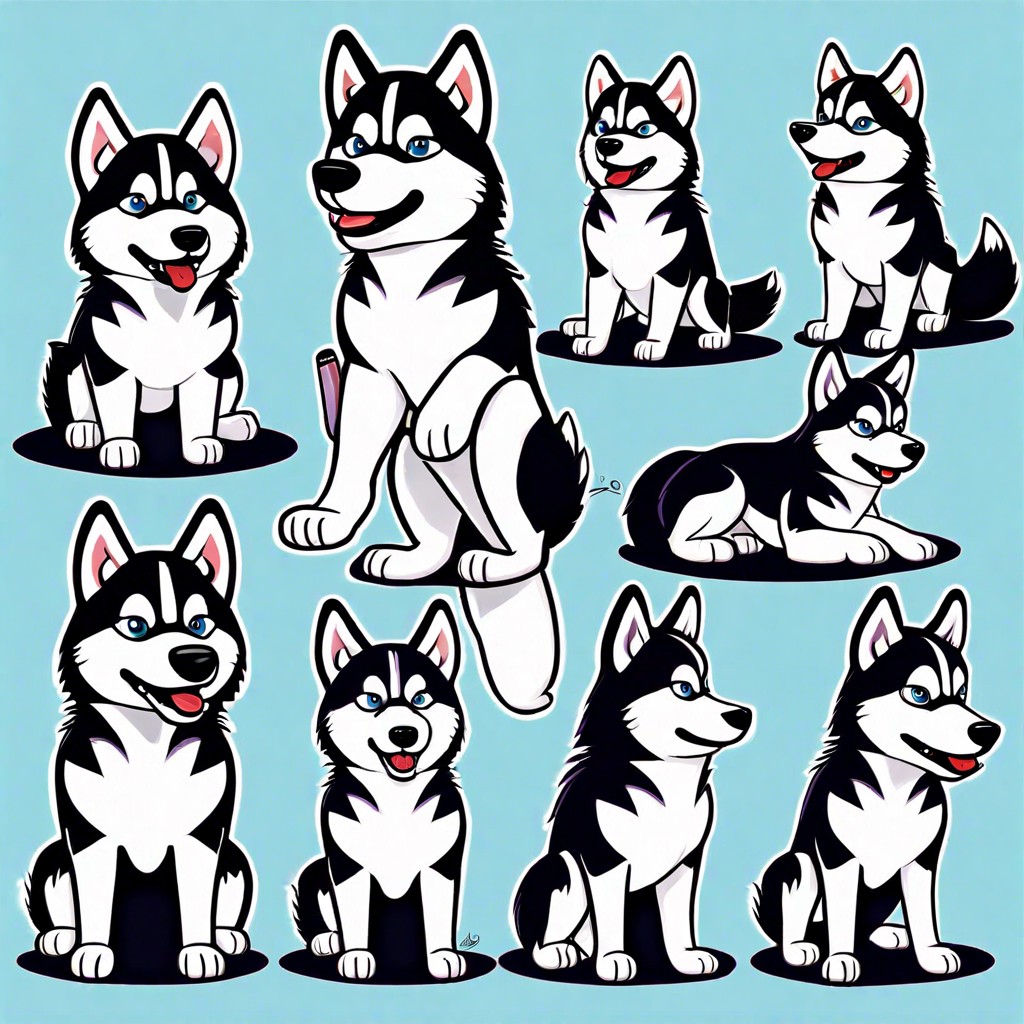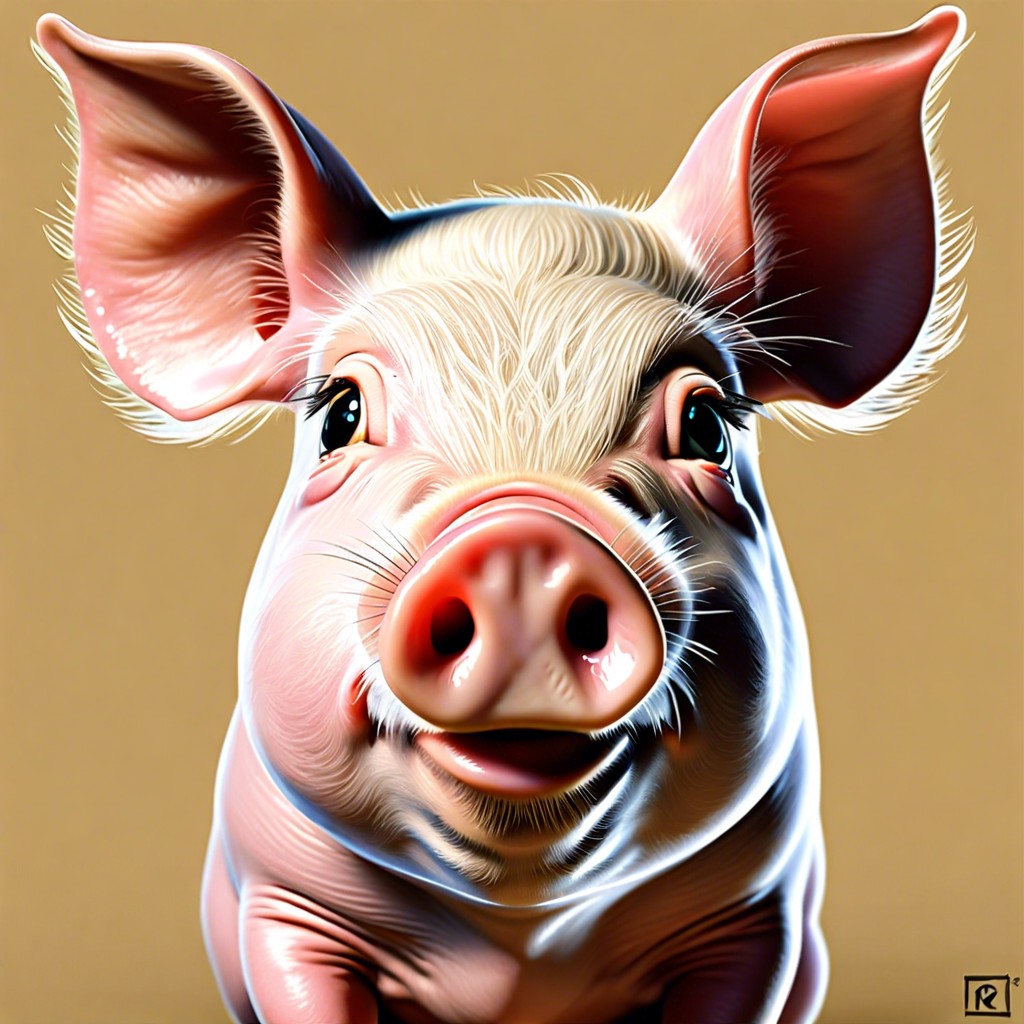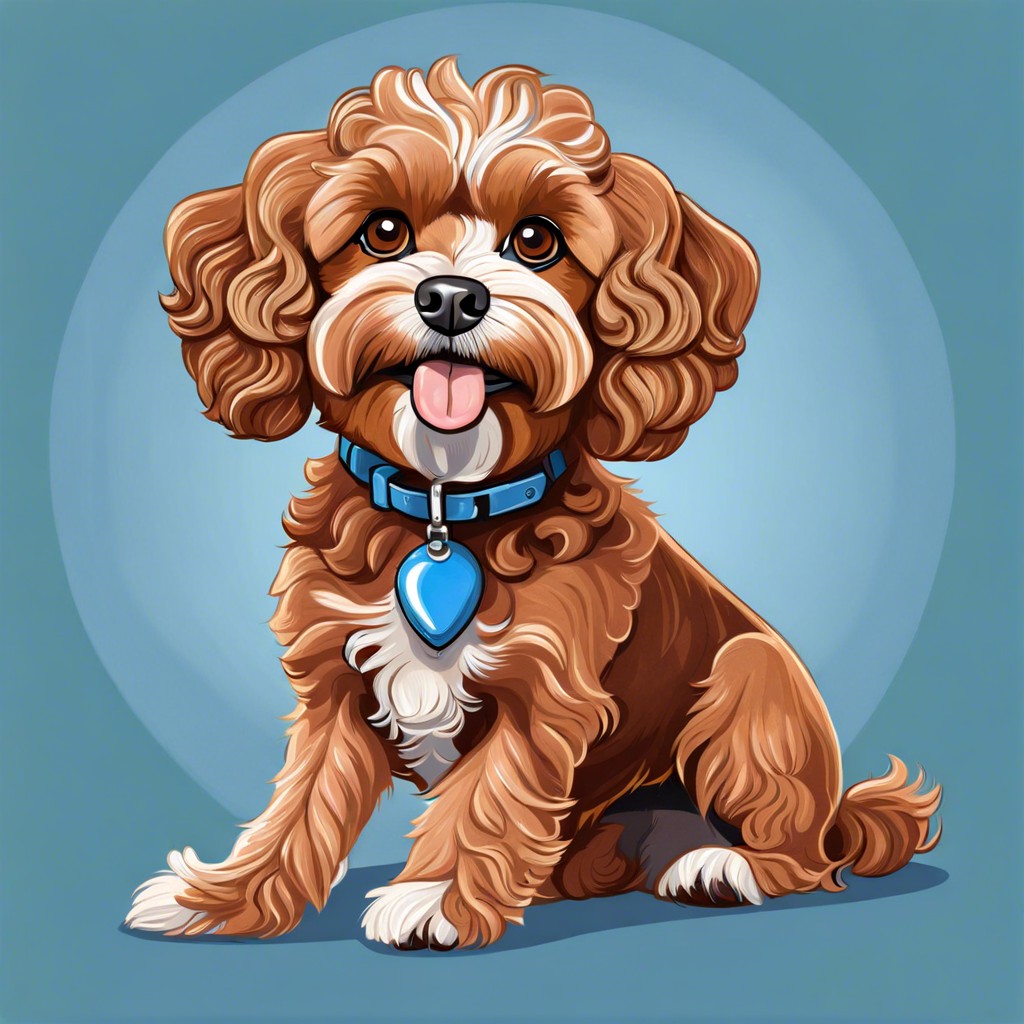Curious about the size of Labradoodles? This article gives you the scoop on how tall and heavy these fluffy hybrids can get.
Key takeaways:
- Toy Labradoodles: 4-6 kg, 16 inches tall, lap warmers.
- Miniature Labradoodles: 7-13 kg, 18 inches tall, fluffy cuteness.
- Medium Labradoodles: 13-20 kg, 21 inches tall, just right.
- Standard Labradoodles: Up to 30 kg, 24 inches tall, embody Labrador ancestry.
- Size determined by Poodle genetics, can vary within litter.
The Four Main Labradoodle Sizes
Labradoodles come in a smorgasbord of sizes, ranging from almost pocket-sized to nearly could-be-mistaken-for-a-small-pony. Let’s dive into the four primary categories:
– Toy Labradoodles tip the scales at a delicate 4 to 6 kilograms, standing up to 16 inches tall. They’re perfect for lap warming and fit comfortably in smaller living spaces.
– Miniature Labradoodles are slightly more robust. Weighing in between 7 to 13 kilograms with a height up to 18 inches, they maintain that fluffy cuteness while being just a tad more substantial than their toy counterparts.
– Medium Labradoodles bring more to love with weights ranging from 13 to 20 kilograms and heights reaching up to 21 inches. This size is akin to the Goldilocks of Labradoodles – not too big, not too small, just right.
– Standard Labradoodles stand tall and proud up to 24 inches and can weigh anywhere from 23 up to 30 kilograms. They embody the spirit of their Labrador retriever ancestry in size and heart.
Each size of Labradoodle has its charm and energy levels, matching a wide array of owner lifestyles and preferences. The choice depends less on the space in your home and more on the space in your heart!
Influence of Genetics On Labradoodle Size
When considering how large a Labradoodle might grow, knowing a bit about genetics is like having a secret decoder ring. These adorable dogs are a blend of Labrador Retriever and Poodle, and which traits they inherit from each parent breed deeply affects their size. Here’s the scoop:
First off, a Labradoodle’s size is primarily determined by the size of the Poodle in the ancestry. Poodles come in three sizes: Standard, Miniature, and Toy. Crossing a Labrador with a Standard Poodle? Expect a bigger Labradoodle. If a Miniature or Toy Poodle is in the mix, the puppies will generally be smaller.
Secondly, even within the same litter, puppies can vary in size quite significantly. This variation can be a genetic roll of the dice—sometimes they take after the beefier Labrador parent, and other times, the leaner Poodle.
Another pointer is the genes themselves can affect growth in more ways than just picking ‘Team Lab’ or ‘Team Poodle’. For example, certain genetic combinations can influence how the growth plates in the bones develop, thereby affecting the overall size.
Understanding these genetic nuances helps in anticipating how big a Labradoodle will get, though it’s often like predicting the weather—surprises are always possible!
Health Considerations With Growing Labradoodles
Keeping tabs on your Labradoodle’s health as they grow is vital to ensuring they enjoy a vigorous and joyful life. These fuzzy companions may sometimes grow faster than their joints can handle, leading to potential issues.
First off, keep an eye out for signs of overfeeding which can accelerate growth unnaturally, putting strain on their developing bones. A well-balanced diet is key! Chat with your vet to create a meal plan that supports healthy, steady growth without going overboard.
Regular exercise plays a crucial role too, but hold off on the marathon training sessions; overly strenuous activities might stress your young Labradoodle’s joints. Think more along the lines of playful frolics and less Olympic-style workouts.
Also, puppyhood is prime time for setting the stage for a healthy adult life. Regular vet check-ups are non-negotiable to catch any sneaky health conditions early. They’re like the secret agents of the dog health world, always ready to spot trouble before it blows up.
And remember, every Labradoodle is a unique snowflake—well, a very fluffy snowflake. Their growth and health needs can vary, so continuous observation and adjustment are your best bets. Here’s to a long, happy, tail-wagging life for your furry friend!



